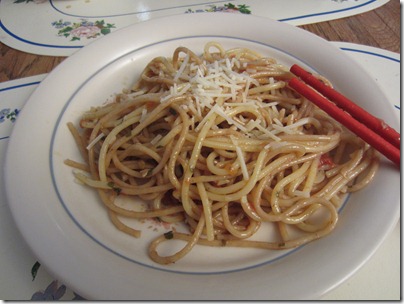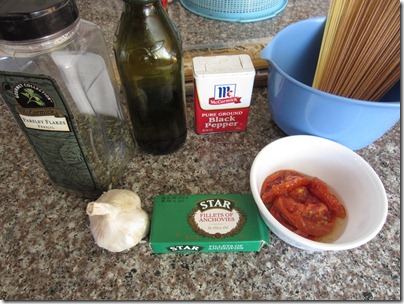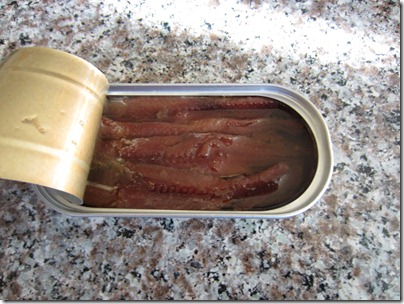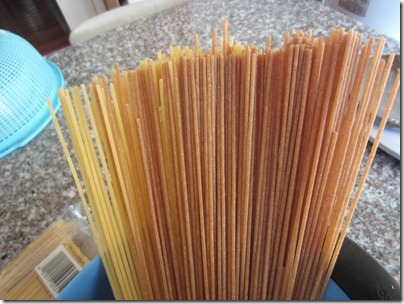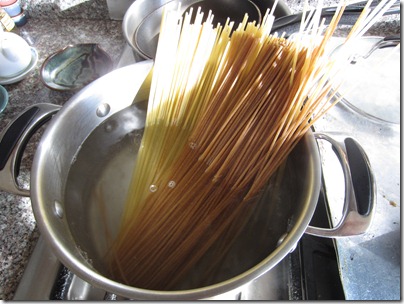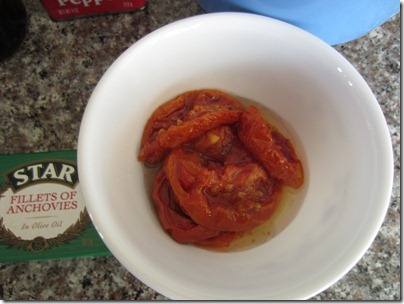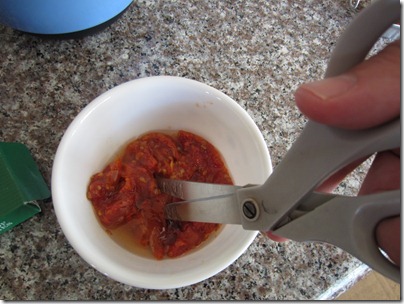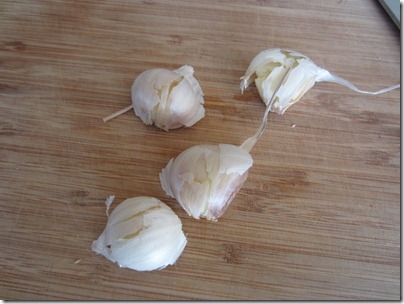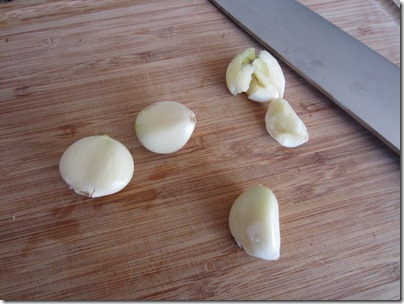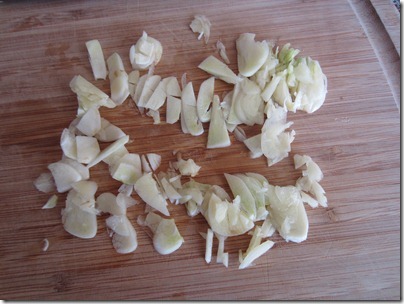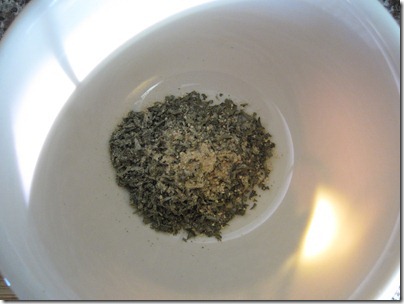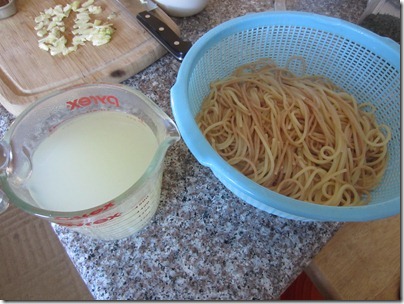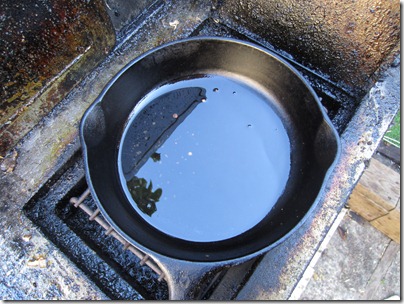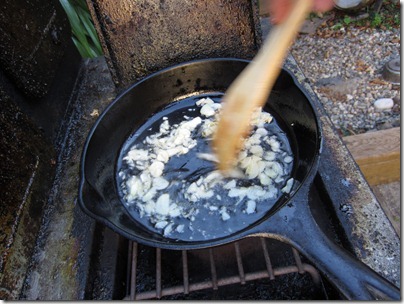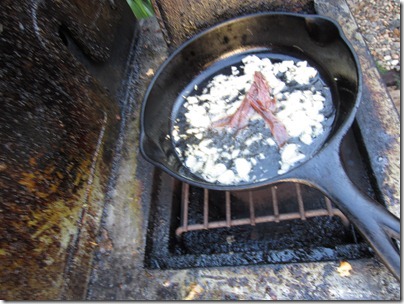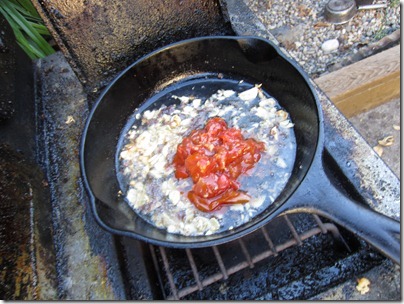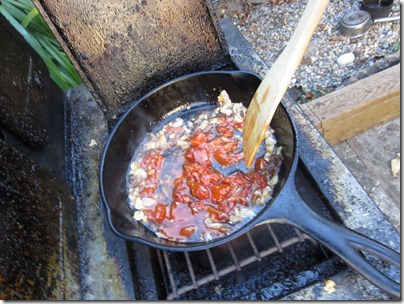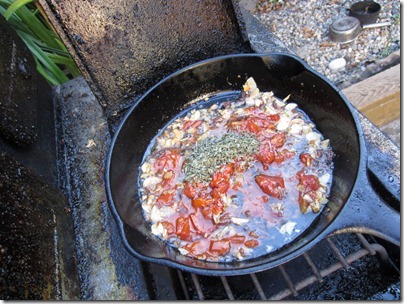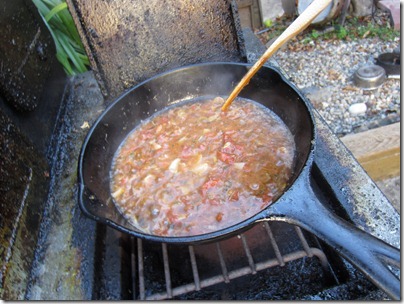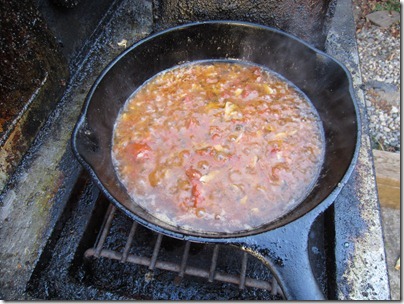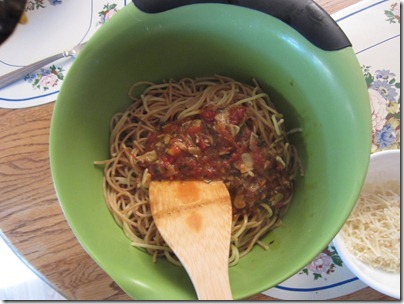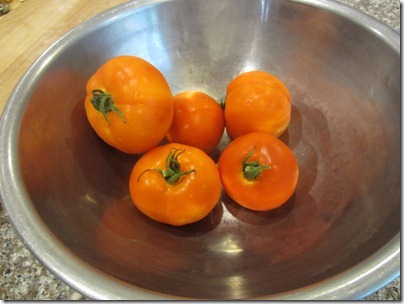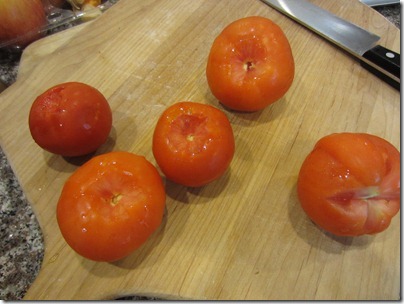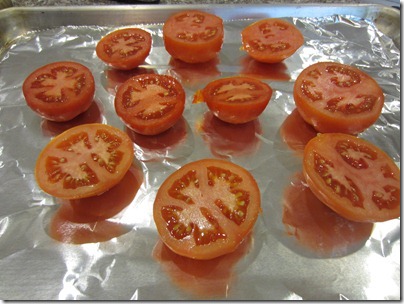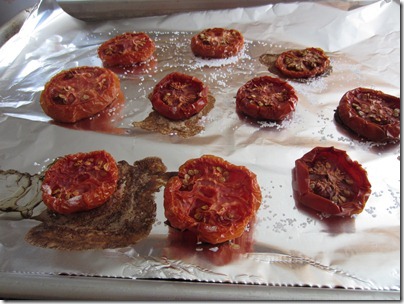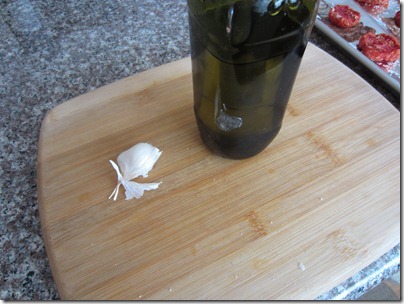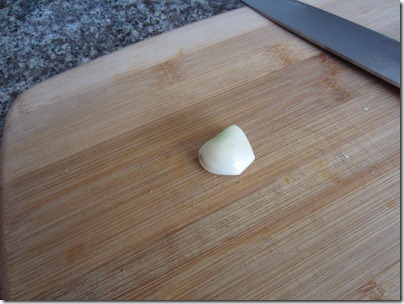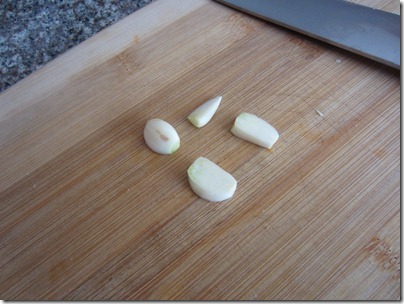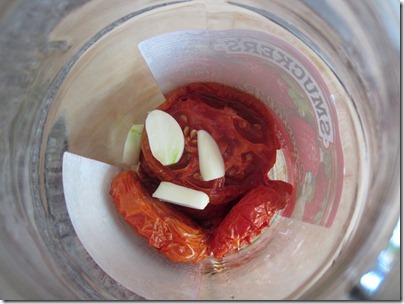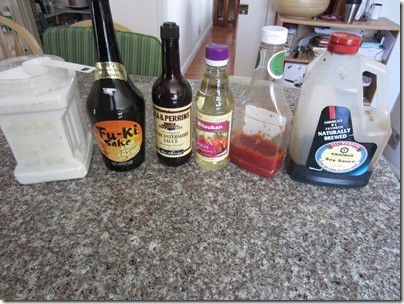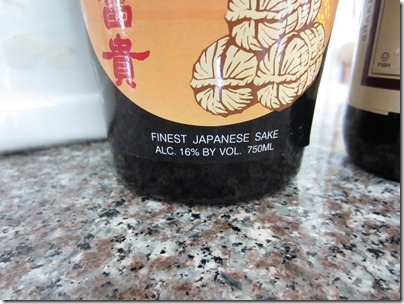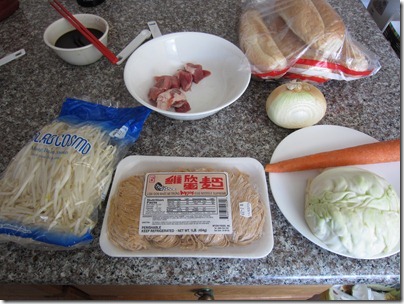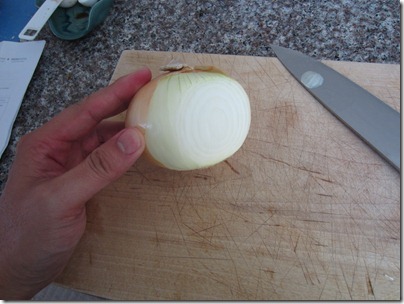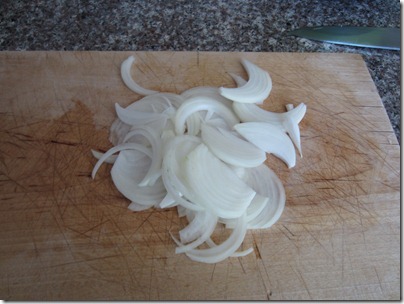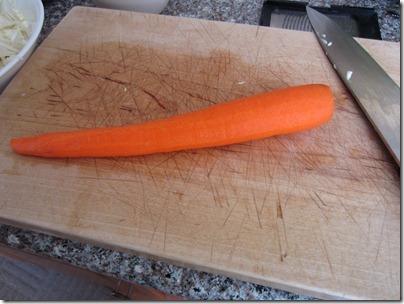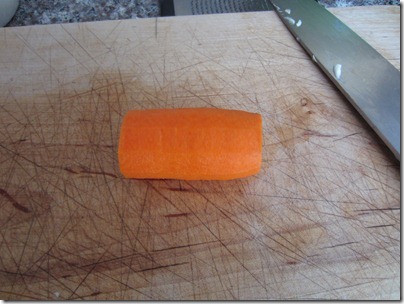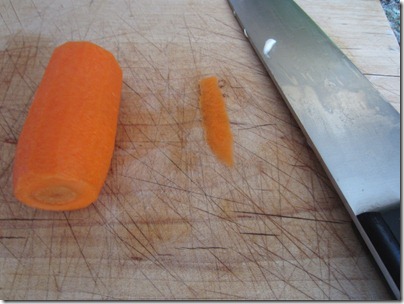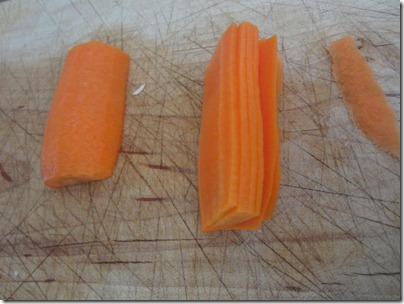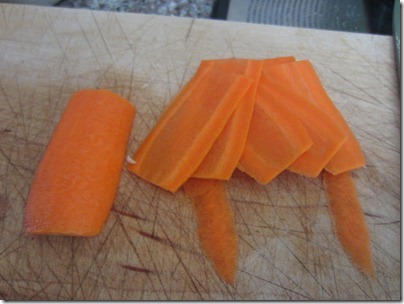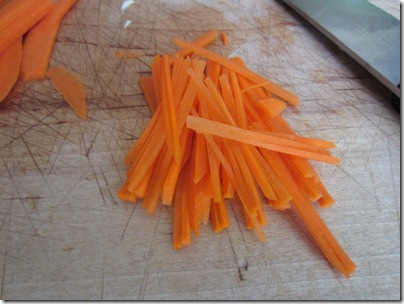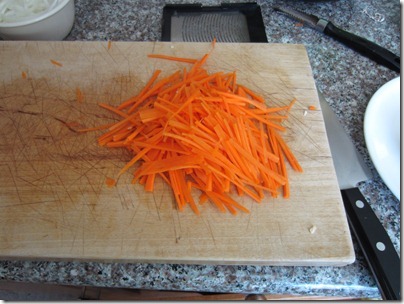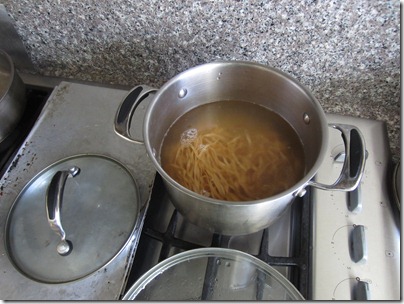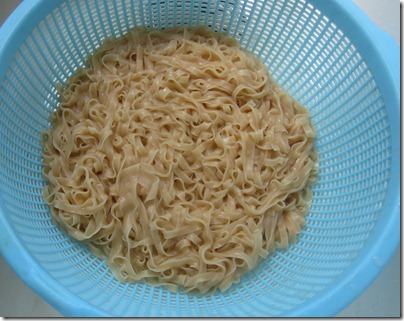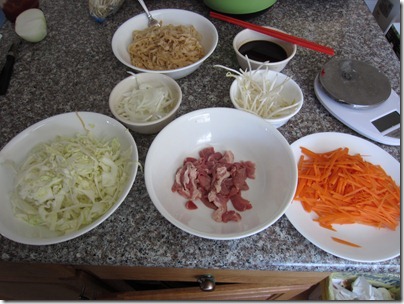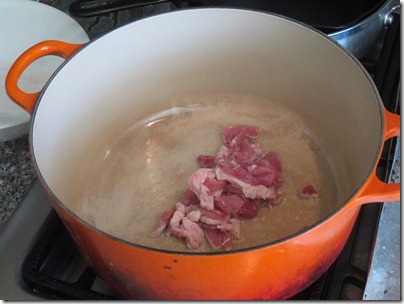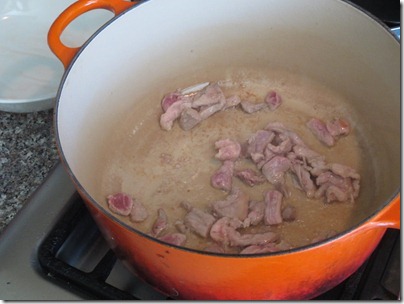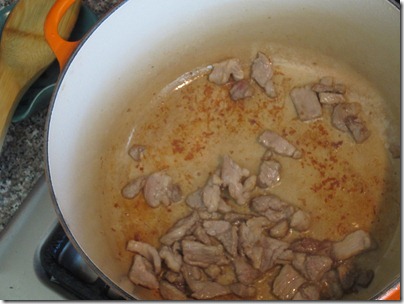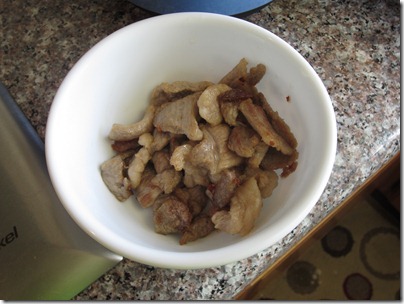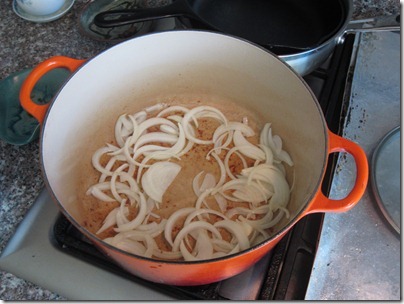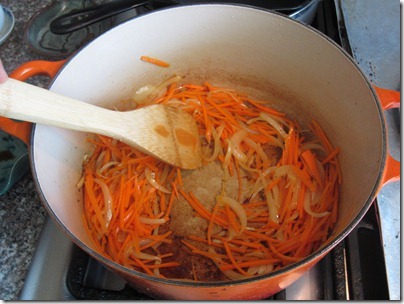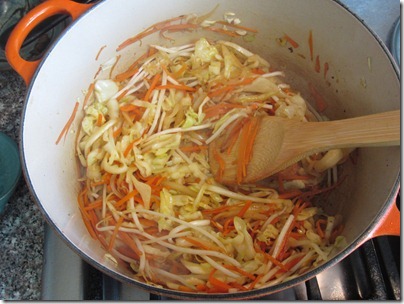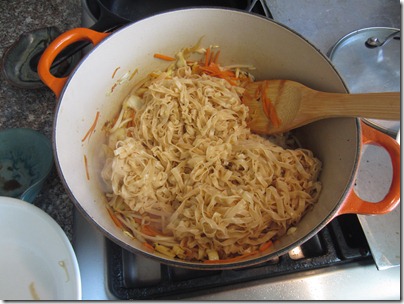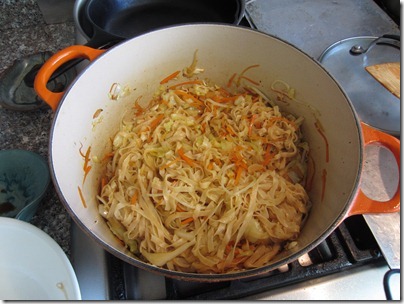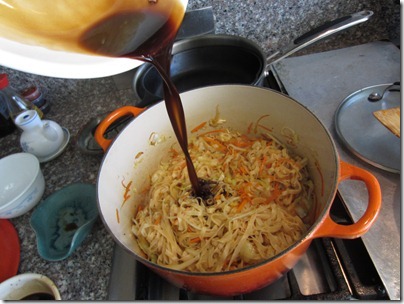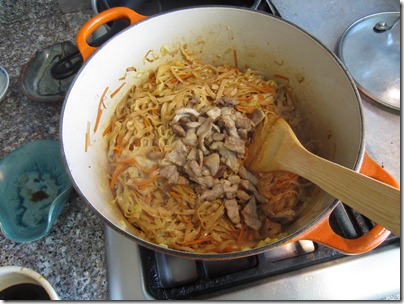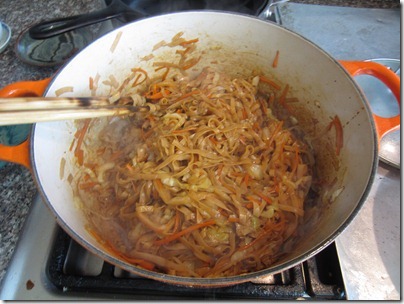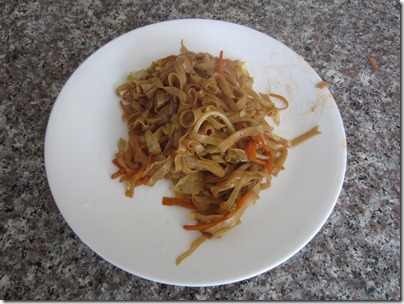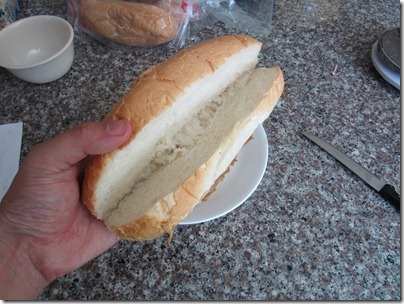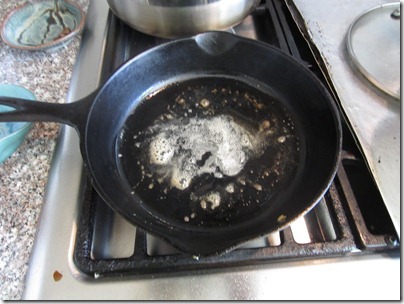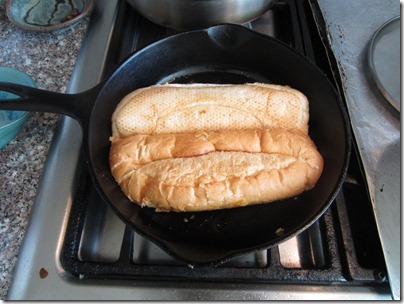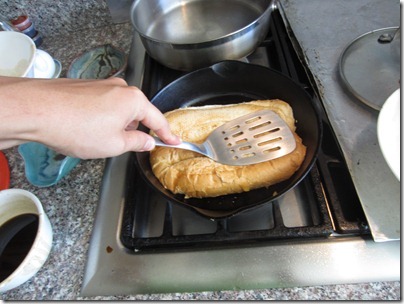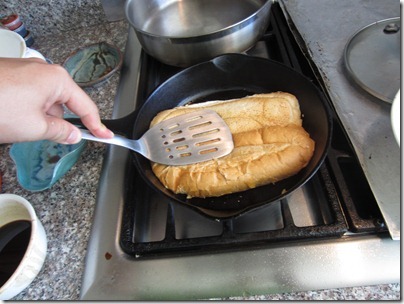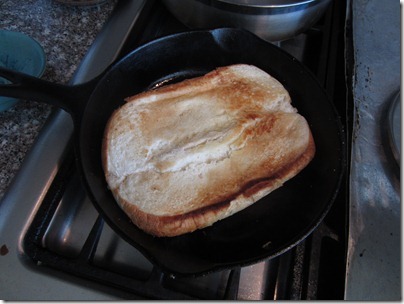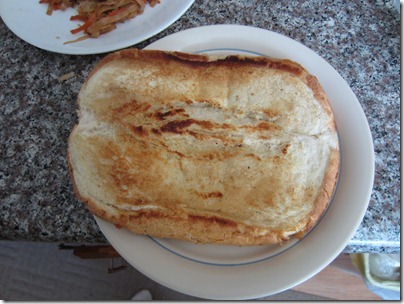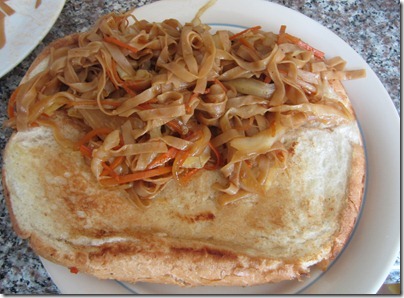Key note: Chopsticks were just used for serving, not eating.
Continuing on with the theme of noodles, today’s post is a dish called Halftime Linguine, from The Wiseguy Cookbook. Though in my case it is more Halftime Spaghetti, since our family purchased a large amount of it from Costco, and I’m not going to fuss over the difference in thickness. Especially given the thickness of my wallet. Given the versatility of the sauce that comes from this recipe I think a lot of medium sized pasta could hold up to it actually, though a thin pasta like Angel Hair would probably be a bit too drenched if you are too liberal.
Halftime refers to the fact that Henry Hill could prepare this during halftime during a football game and impress his friends, and it was certainly a quick recipe.
The arrangement is simple. Some parsley, olive oil, black pepper, pasta, garlic, a tin of anchovies and some sun-dried or oven dried tomatoes.
The real star power is in the anchovies. So if you can’t stand the idea, maybe you should stop here. But for the bold, move onward! Note, for this recipe, you won’t be using all of the anchovies. It would probably work if you doubled everything.
I used a mix of regular and whole grain pasta, so they can balance off of each other a bit. It’s also a rather half hearted attempt at healthier eating. I about ten ounces of pasta, the original calls for eight however.
This is where most of the waiting comes into play, so be sure to get that pasta into some unsalted boiling water in the early going. Trust me, I always salt my water, but I’m not this time. The sauce to accompany it is very seasoned from the fish.
A half cup of the oven dried tomatoes will really stand out. I’m also using the oil it was stored in to kick start the recipe.
Quick tip: Some scissors to cup up the tomatoes saves me from needing to clean oil off of a cutting board.
Some cloves of garlic, always necessary in Italian cooking.
I like the smash method of peeling, though an Italian roommate once told me I was cheating. But fuggadaboutim.
It works.
Especially when you’re just going to sliced it up thinly like this.
Parsley and pepper will be added together, so you can put them into a bowl for easy delivery later.
When the pasta is done, reserve a cup of pasta water and set the pasta aside. I saved two cups just in case.
The olive oil from the tomatoes, and a little extra help lubricate a skillet over medium low heat. I’m cooking outside since it was such a lovely evening.
Garlic first. We want it to cook for a minute but not browning. Browning is bad, at least too much too soon.
Then, add four or five of the anchovies. Mash it up with your spoon or other utensil to incorporate it into the oil.
Then the tomatoes.
I beat this in as well, though you may not have to.
Parsley and pepper follow the tomatoes quickly.
And finally half a cup of the pasta water is added. Keep stirring this up. You may want to add some more of the pasta water at your discretion, depending on how thin of a sauce you like.
After cooking this mixture for three minutes, maybe a couple more, we’re almost ready to serve.
Get the pasta ready in a large serving bowl, perhaps with some grated parmesan on the side.
Pour in the sauce and toss. If you’re really into cheese you could add some now since the hot sauce would help melt it a little.
Finally, plate and serve. It doesn’t look like much, but there’s a ton of flavor in it.
My normally picky brother gobbled so much of it up, I ended up having to make another batch!
Recipe adapted from The Wiseguy Cookbook by Henry Hill.
1/2 cup of olive oil (you can use some of the oven dried tomatoes’ oil to make up some or all of this)
4 cloves garlic, sliced thinly
4-6 anchovy fillets in oil, from a tin!
1/4 or 1/2 cup of sundried or oven-dried tomatoes
1/2 cup Italian parsley, or two teaspoons of the dried stuff
8-10 oz. of pasta of your choosing, linguine and spaghetti work well
1/2 tsp. black pepper
Grated parmesan (optional)
- Boil pasta as directed, but without salting the water! Reserve a cup of the pasta water when finished.
- Heat olive oil over medium low heat.
- Add garlic and cook without browning for a minute.
- Add your anchovies, and break up into oil thoroughly until they almost liquefy.
- Add tomatoes, parsley, pepper and half of the pasta water, and cook down for three minutes. Add more water and/or cook more as necessary.
- Add this tomato-oil-anchovy sauce to the pasta and toss thoroughly.
- Serve immediately, with the cheese if you like.

